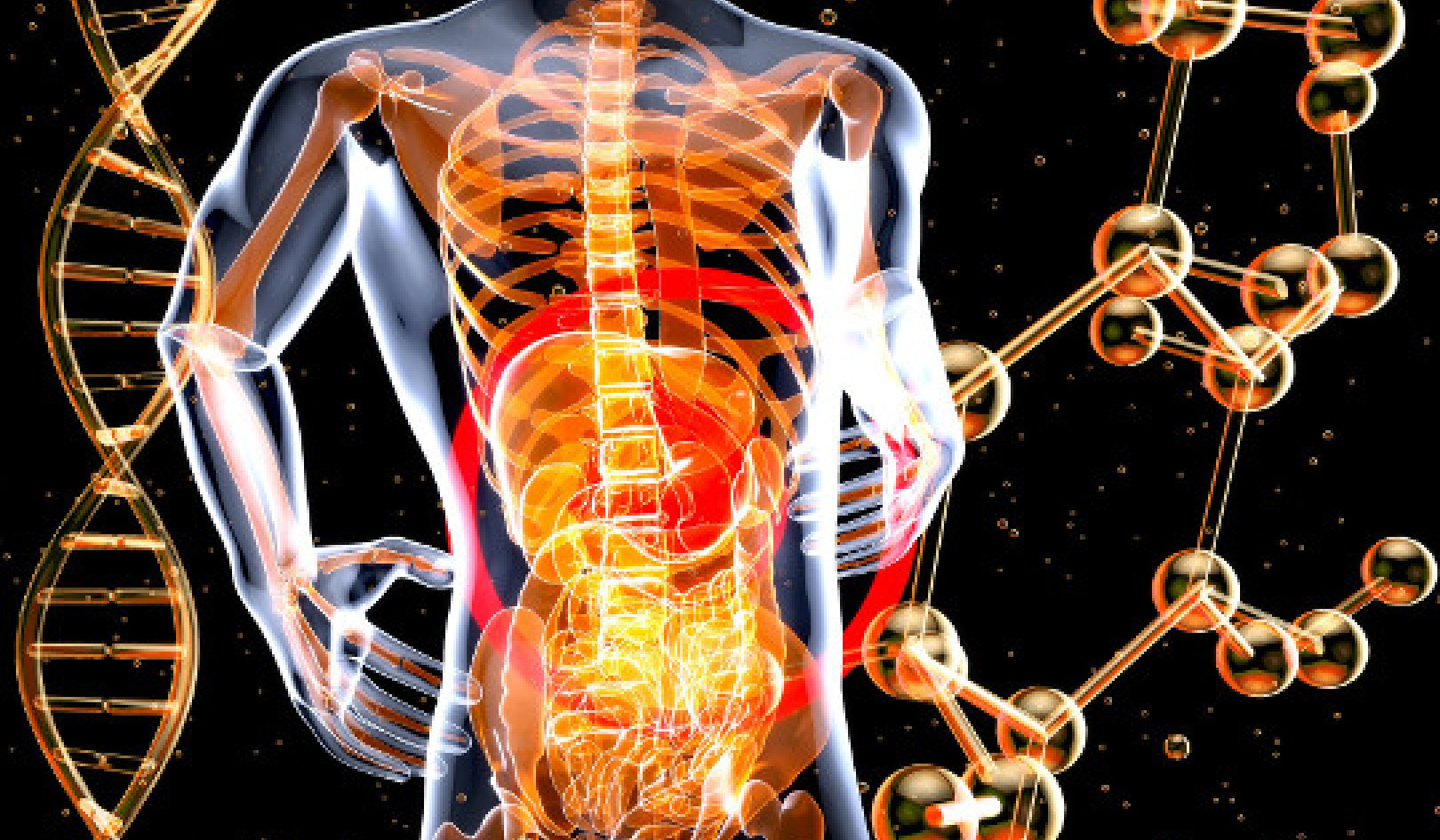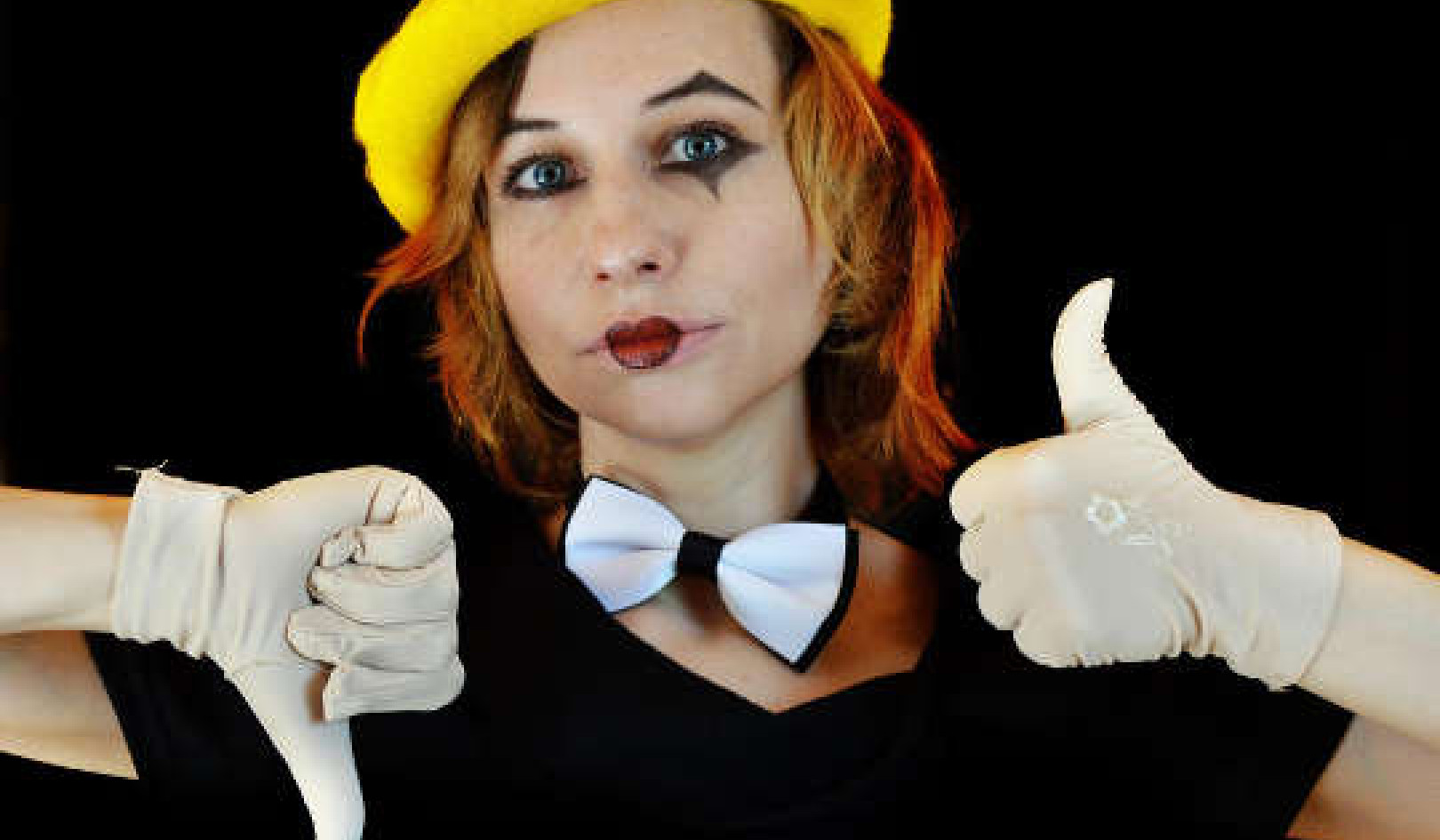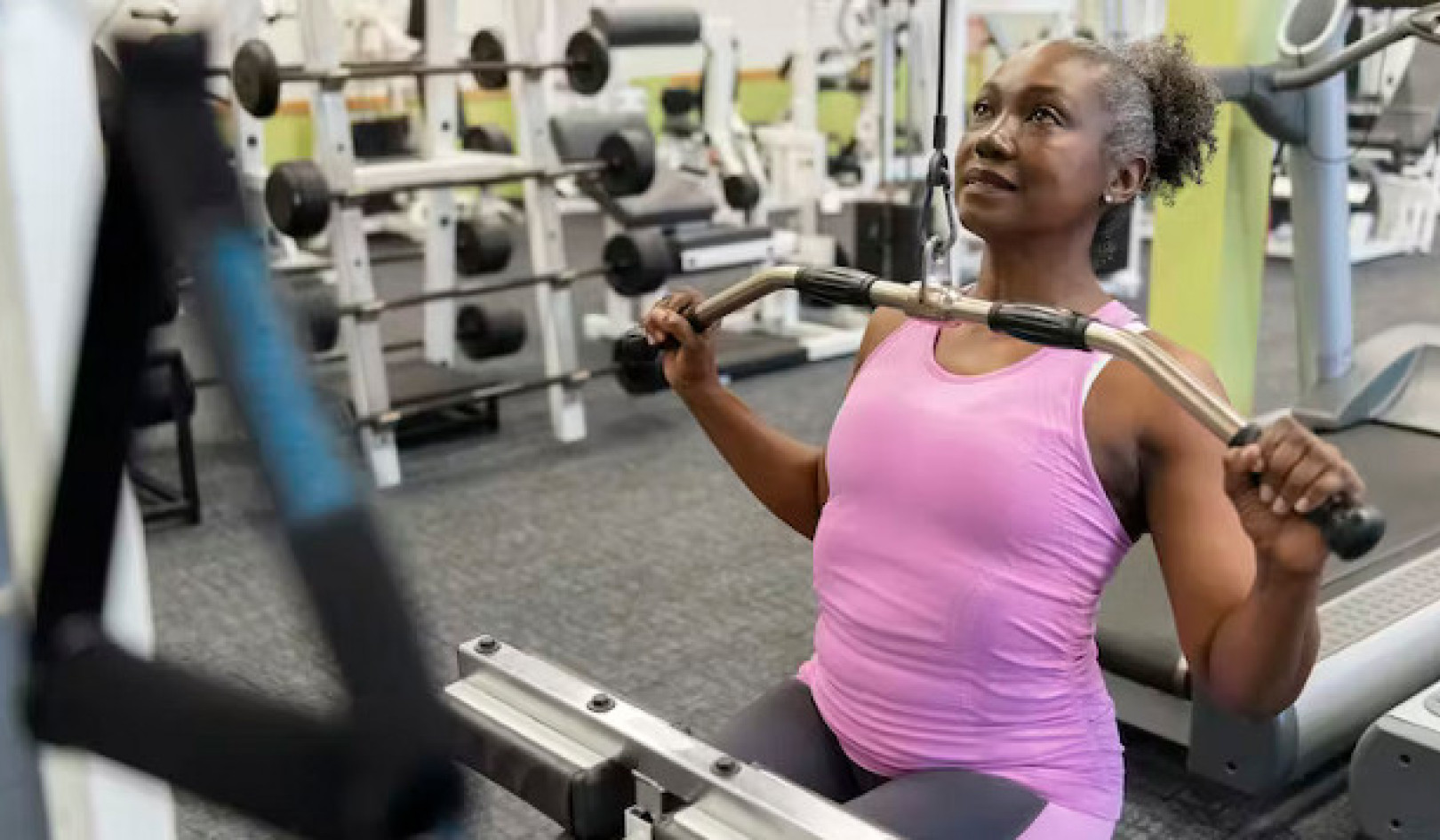
Bacterial communities called biofilms can quickly clog medical devices such as stents, catheters and water filters by forming 3-dimensional streamers that block flow. The finding will inform future approaches to prevent biofilms from causing potentially deadly clogs.
Bacteria flowing through a tube form a green biofilm on the walls. Bacteria tagged red that flow through the chamber afterward get caught in a sticky matrix, forming streamers that clog the channel. Image source: Knut Drescher.
Biofilms are complex, multi-layered communities of bacteria and other microbes. They can form on biological surfaces like teeth or on medical devices, such as catheters and stents, within the body. Bacteria in biofilms are resistant to antibiotics and can cause serious infections.
A research team led by Drs. Howard A. Stone and Bonnie L. Bassler of Princeton University set out to better understand the characteristics of biofilms. P. that forms biofilms in soil, rivers and sewage, as well as on medical devices. Rather than use standard Petri dishes or flasks for the research, the group developed a special flow system that mimicked real-life conditions. They labeled bacteria with a green tag and observed them under a microscope as they flowed through a narrow tube with many bends. The work was funded in part by NIH’s National Institute of General Medical Sciences (NIGMS).
that the bacteria rapidly grew and accumulated, forming a biofilm on the walls of the tube within about 40 hours. The buildup of this biofilm, however, didn’t greatly affect flow through the tube.
The bacteria in biofilms are connected to each other by a matrix of compounds they produce called extracellular polymeric substances. The researchers found that the bacteria on the tube walls shed this molecular matrix, creating a mesh netting in the tube.
The researchers labeled another group of bacteria with a red tag and monitored them as they flowed through the same tube. These bacteria got trapped in the mesh netting and formed 3-D streamers. The streamers bridged the spaces between the bends in the tube, clogging the tube in as little as 30 minutes.
The researchers found that the bacteria could form streamers in artificial soil and in mesh similar to that found in water filters. Biofilm streamers also formed on bare-metal stents within 12 hours, spanning the gaps in the wire mesh. These results suggest that biofilm streamers are common in nature and can block flow in a wide variety of industrial and medical settings.
For me the surprise was how quickly the biofilm streamers caused complete clogging,” Stone says. re was no warning that something bad was about to happen.
The researchers also tested several genes that were tied to biofilm formation in past studies. When deleted, only a subset of the genes affected biofilm formation under flow conditions. These results underscore the importance of using real-life conditions to test methods for preventing and treating biofilms.


























